Specialized coaxial cable called leaky cable, sometimes refer to as radiating cable, are utilize in situations when conventional antennas are not practicable or efficient. The outside conductor of these cable has tiny holes or slots that provide regulate signal leakage along their length. They are therefore perfect for dispersing RF signals in places where continuous coverage need, such as tunnels, underground stations, buildings, mines, and other cramp spaces. Leaky cable must be install correctly and securely clamp in order to continue functioning and lasting. This is where leaky cable of all sizes can be safely held in place with the use of PP and SS clamps.
The Use of Clamps in Installations with Leaky Cable
Clamps ensure that the cable are firmly secur and hold their position over time, especially in difficult situations, making them crucial parts of leaky cable installations. The correct clamps stop the cable from bending, shifting, or breaking, which could cause interference or signal loss.
In leaky cable installations, two primary kinds of clamps are used: PP (polypropylene) clamps and SS (Stainless Steel) clamps. Different situations and cable sizes are suitable for different types of clamps due to their distinct advantages.
PP Clamp
Premium polypropylene, which is strong, light, and resistant to corrosion, use to make PP clamps. These clamps work best in indoor and mild outdoor settings with little exposure to inclement weather. Because of their affordability and ease of installation, PP clamps are very well-like.
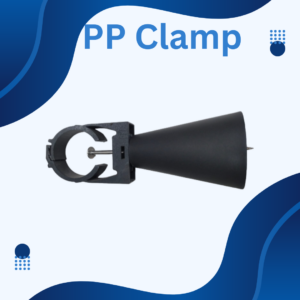
PP Clamp ½” :
The purpose of these clamps is to securely fasten ½” leaking wires. The ½” size is frequently utilize in installation which are smaller or more constrain, like those found in buildings or short tunnels. The PP clamps make sure that the cable doesn’t distort or harm the cable structure while staying firmly in place.
PP Clamp for 7/8″ :
Usually utilize in wider areas that necessitate larger signal coverage, the 7/8″ leaky cable is larger than the ½” type. The 7/8″ leaky cable PP clamp fits snugly, guaranteeing that the cable is held securely without sacrificing signal integrity.
PP Clamp for 1-5/8″ :
The 1-5/8″ cable, one of the biggest sizes of leaky cable, needs a sturdy and dependable clamping solution. The 1-5/8″ leaky cable PP clamp provides the require support to ensure the cable remains secure, especially in more difficult installations such as massive subterranean networks or large tunnels.
SS Clamp
Stainless steel, which is prize for its exceptional strength, toughness, and corrosion resistance, is use to make SS clamps. These clamps are perfect for use in challenging outdoor settings where cable may be subject to adverse weather, chemical exposure, or other harmful circumstances. Long-term dependability and resistance to severe environmental stress are features of stainless steel clamps.
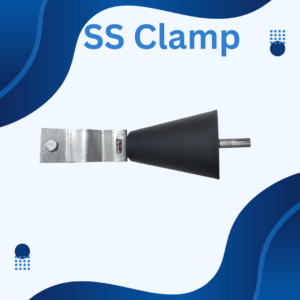
SS Clamps For 1/2′′ :
The purpose of these stainless steel clamps is to fasten 1/2′′ leaking cable in situations where toughness is essential. SS clamps guarantee that the cable stays firmly secure even in situations where there are large temperature swings or exposure to corrosive substances.
SS Clamps for 7/8′′ :
SS clamps offer a sturdy solution for the 7/8′′ leaky cable, capable of supporting the extra weight and length of the wire. This makes them appropriate for outdoor installations where the cable is subject to weather conditions.
SS Clamps for 1-1/4′′ :
Similar to the PP variation, these clamps are intend for medium to large installations, but they also have the add advantage of being made of stainless steel, which is extremely durable. These clamps are perfect for locations where cable may be subjected to severe weather or mechanical stress.
SS Clamps for 1-5/8′′ :
Securing huge, heavy cable in the most challenging installations requires the use of SS clamps for 1-5/8′′ leaking cable, which are the largest in this category. Even in the most difficult settings, these clamps offer the strength and longevity require to preserve cable integrity over extend periods of time.
Read More : www.leakycable.in
Application:
Leaky cables, also known as radiating cables, are specialize coaxial cable design to emit and receive radio frequency (RF) signals along their length.
1. In-Building Wireless Coverage
Leaky cable is widely use to provide wireless coverage inside large buildings such as office complexes, shopping malls, airports, and stadiums.
2. Underground Transportation Systems
One of the most common applications of leaky cables is in underground transportation systems, such as subways, tunnels, and mines.
3. Railway and Metro Systems
Leaky cables are essential for ensuring communication in railway and metro systems. They provide continuous coverage in tunnels, ensuring that signals for train control.
4. Emergency Communication Systems
In environments where reliable communication is critical for safety, such as in hospitals, airports, and large industrial facilities, leaky cables are often use to ensure that emergency communication systems are always operational.
5. Warehouses and Industrial Complexes
Large warehouses and industrial complexes often have metal structures, machinery, and other obstacles that can interfere with wireless signals.
FAQ’s
What is a leaky cable?
A leaky cable, also known as a radiating cable, is a type of coaxial cable with small slots in its outer conductor that allow control RF signal leakage along its length, enabling consistent wireless coverage in confined areas like tunnels or buildings.
What factors affect the performance of a leaky cable?
The performance of a leaky cable is affect by factors such as cable design, installation quality, environmental conditions, signal frequency, cable length, and proximity to reflective surfaces or obstacles.
How does a leaky cable differ from a standard coaxial cable?
A leaky cable differs from a standard coaxial cable by having small slots in its outer conductor, allowing control RF signal leakage along its length, while standard coaxial cables confine signals within.
What materials are typically use in the construction of leaky cable?
Leaky cables typically use materials like a copper or aluminum inner conductor, a dielectric insulator (often foam or PTFE), an outer conductor with slots for signal leakage, and a protective outer jacket made of PVC or PE.
What are the primary applications?
Leaky cables are primarily use in tunnels, underground transport, large buildings, mines, and elevators to provide consistent wireless coverage where traditional antennas can’t reach effectively.
Conclusion
The adoption of suitable clamping methods is critical to the proper installation and operation of leaking cable. For smaller installations indoors, use PP clamps; for heavier installations outside or in severe conditions, use SS clamps. Using the appropriate clamp guarantees that leaky cable stay firmly in place and continue to function as signal distributors.

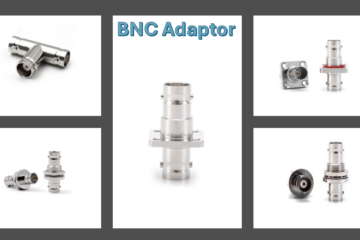
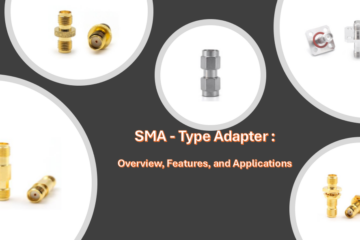
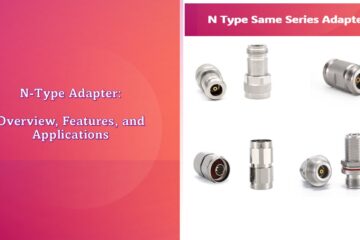
0 Comments